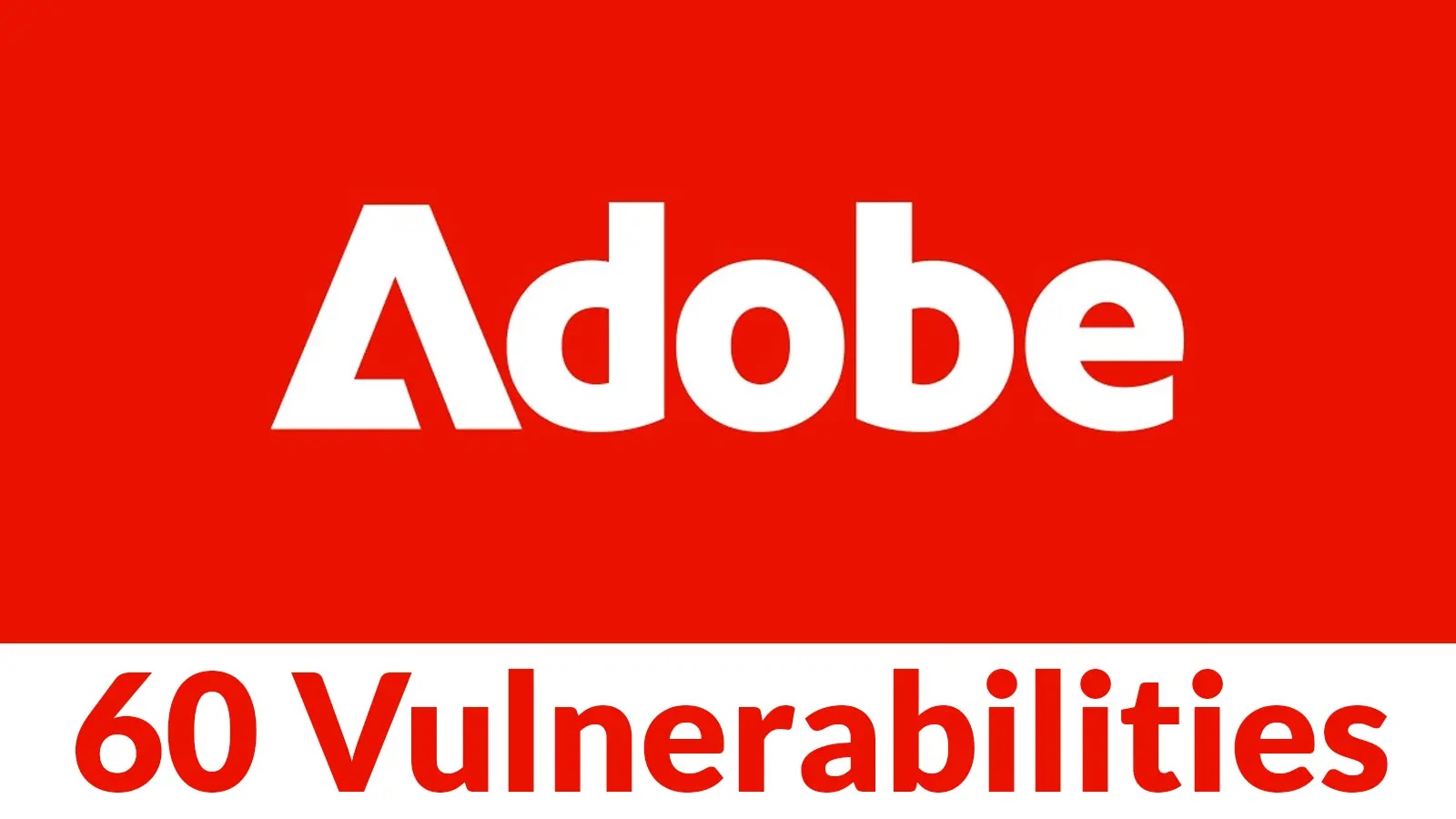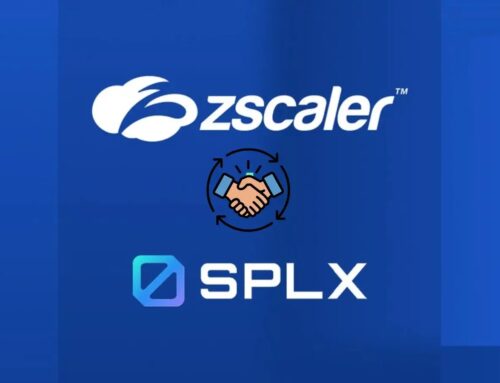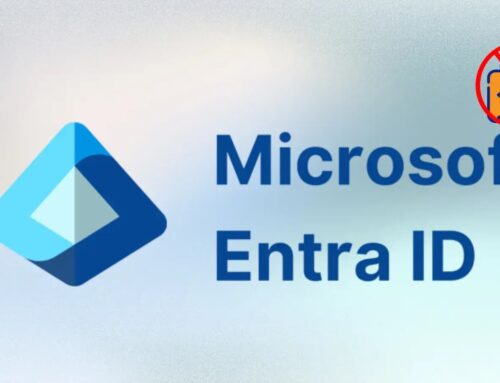
Adobe’s August 2025 Patch Tuesday – 60 Vulnerabilities Patches Across Multiple Products
On August 12, 2025, Adobe delivered a significant security update as part of its August Patch Tuesday initiative. This comprehensive release addresses a staggering 60 vulnerabilities across 13 of its most widely used products. For organizations globally, this represents a critical juncture for reinforcing their digital defenses and understanding the potential impact of these numerous security flaws.
Understanding Adobe’s August 2025 Patch Tuesday: A Critical Overview
Adobe’s August 2025 security bulletin is a robust response to identified security weaknesses, spanning a wide array of applications from its popular Creative Cloud suite to enterprise-level software. The sheer volume of patched vulnerabilities underscores the continuous need for vigilance and timely updates in the cybersecurity landscape. Neglecting these updates can expose systems to various threats, including remote code execution, information disclosure, and denial-of-service attacks.
The coordinated disclosure on August 12, 2025, makes this one of Adobe’s most substantial security releases in recent memory. It’s imperative for IT departments and individual users alike to prioritize the immediate implementation of these patches to mitigate potential risks proactively.
Key Products Affected by the August 2025 Patches
While the full list of 13 affected products is extensive, some of the most prominent applications demanding immediate attention include:
- Adobe Acrobat and Reader: Critical updates addressing vulnerabilities that could lead to arbitrary code execution.
- Adobe Photoshop: Patches for security flaws that might allow attackers to gain elevated privileges or execute malicious code.
- Adobe Illustrator: Updates to fix potential vulnerabilities related to memory corruption and information disclosure.
- Adobe InDesign: Security enhancements to prevent various forms of attacks, including arbitrary code execution.
- Adobe Creative Cloud Desktop Application: Essential security fixes for the core application managing Adobe software installations.
- Adobe Commerce (Magento Open Source and Adobe Commerce): Critical patches for e-commerce platforms, addressing high-severity vulnerabilities commonly targeted by threat actors.
This comprehensive list highlights Adobe’s commitment to securing its vast product ecosystem, emphasizing the distributed nature of potential attack vectors that these vulnerabilities could present.
Common Vulnerability Types Addressed
The 60 vulnerabilities patched by Adobe span a spectrum of common and critical flaw types. Understanding these types is crucial for appreciating the potential impact of an unpatched system:
- Remote Code Execution (RCE): Many vulnerabilities are classified as Critical and could allow an attacker to execute arbitrary code on a user’s system without their explicit consent. Examples include vulnerabilities that typically lead to a complete system compromise.
- Information Disclosure: These vulnerabilities could allow an attacker to obtain sensitive information from a system that should otherwise be protected.
- Privilege Escalation: Flaws that could enable an attacker with limited privileges to gain higher-level access to a system.
- Denial of Service (DoS): Vulnerabilities that could lead to the system becoming unavailable or unusable.
- Security Bypass: Issues that could allow an attacker to circumvent security features or controls.
Remediation Actions: Securing Your Adobe Products
The immediate and most effective remediation action is to apply the security updates released by Adobe. Here’s a detailed approach:
- Prioritize Updates: Identify which of the 13 affected products are installed within your environment. Prioritize patching those with ‘Critical’ severity vulnerabilities first, especially those impacting widely used applications like Acrobat, Reader, and Creative Cloud Desktop.
- Utilize Adobe’s Update Mechanisms:
- For individual users, ensure automatic updates are enabled within your Adobe Creative Cloud Desktop application or individual product settings.
- For enterprise environments, leverage centralized deployment tools like Adobe Admin Console or enterprise-grade software distribution systems (e.g., SCCM, Jamf Pro) to push out updates across the organization.
- Verify Patch Installation: After applying updates, verify that the patches have been successfully installed and applied. Refer to Adobe’s official security bulletins for the specific version numbers that include the fixes.
- Standard Security Practices: Reinforce general cybersecurity hygiene:
- Regularly back up important data.
- Employ endpoint detection and response (EDR) solutions.
- Conduct regular security audits and vulnerability assessments.
- Educate users on phishing and social engineering tactics often employed to exploit unpatched systems.
Relevant CVEs & Specific Vulnerability Details
While a full list of all 60 CVEs is beyond a single blog post, examples of the types of vulnerabilities addressed include those that might be tracked under CVEs such as:
- CVE-2025-XXXXX (Illustrative, standing in for a Critical RCE in Photoshop)
- CVE-2025-YYYYY (Illustrative, standing in for an Important Information Disclosure in Acrobat Reader)
- CVE-2025-ZZZZZ (Illustrative, standing in for a Privilege Escalation in Adobe InDesign)
Readers are strongly encouraged to consult the official Adobe Security Bulletins for August 2025 for the complete list of CVEs and detailed technical information on each vulnerability.
Tools for Vulnerability Management and Mitigation
Effective management of these patches requires a multi-faceted approach, often leveraging various security tools:
| Tool Name | Purpose | Link |
|---|---|---|
| Adobe Admin Console | Centralized deployment and management of Adobe licenses and updates for organizations. | https://adminconsole.adobe.com/ |
| Tenable Nessus | Vulnerability scanner to identify unpatched software and misconfigurations. | https://www.tenable.com/products/nessus |
| Qualys VMDR | Cloud-based vulnerability management, detection, and response platform. | https://www.qualys.com/vmdr/ |
| Microsoft Endpoint Configuration Manager (MECM/SCCM) | Software deployment and patch management for Windows networks. | https://learn.microsoft.com/en-us/mem/configmgr/ |
| Jamf Pro | Management and patch deployment for Apple devices in enterprise environments. | https://www.jamf.com/products/jamf-pro/ |
Conclusion
Adobe’s August 2025 Patch Tuesday, addressing 60 vulnerabilities across 13 products, underscores the critical importance of a proactive security posture. The rapid application of these patches is not merely a recommendation but a necessity for safeguarding digital assets and sensitive information against various forms of cyberattacks. Organizations and individual users must prioritize these updates within their patch management cycles to maintain a robust defense against evolving threats.





